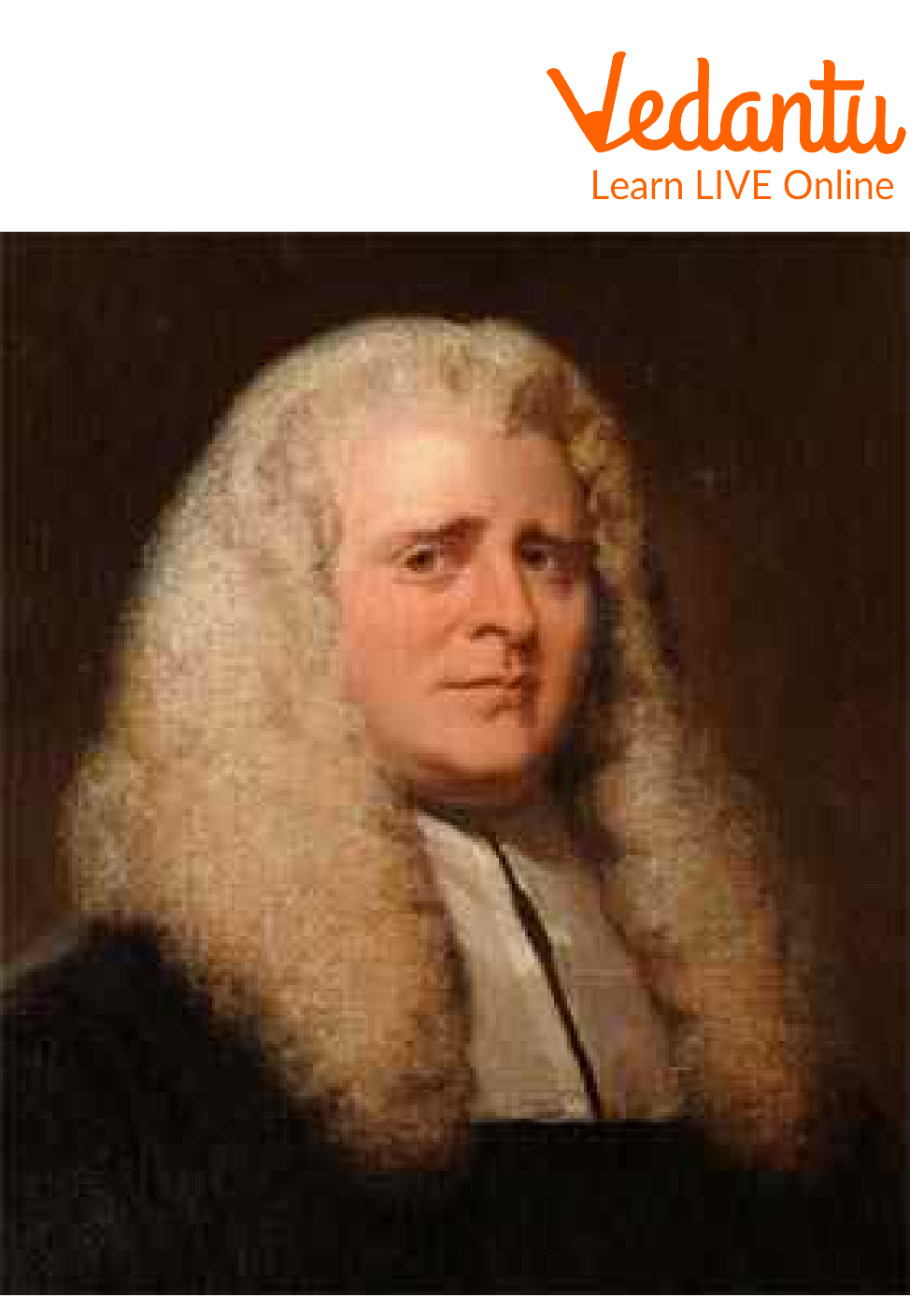




An Introduction to Wilson's Theorem
Wilson's Theorem is a classical theorem in Number Theory. It has also an interesting fact associated with it that the theorem is stated by a teacher and student pair, i.e., Ibn al-Hayatam and John Wilson, respectively. However, it was proved later on by Lagrange. Wilson’s Theorem is of great importance in Number Theory. The applications of Wilson’s Theorem, its limitations, and Wilson’s Theorem examples will be discussed here in detail for a clear understanding of the theorem. So, let us discuss the theorem.
History of John Wilson

John Wilson
Name: John Wilson
Born: 6 August 1741
Died: 18 October 1793
Field: Mathematics
Nationality: British
Wilson's Theorem Statement
Wilson Theorem states that if $p$ is any natural number greater than 1, then $p$ is said to be a prime number if and only if the product of all the positive integers less than $p$ is one less than a multiple of number $p$.
Mathematically, according to Wilson's Theorem, let $p>1$. The number $p$ is prime if and only if
$(p-1) !=-1(\bmod p)$
or,
$(p-1) !=(p-1)(\bmod p)$
Wilson's Theorem Proof
A natural number p > 1 is a prime number if and only if the product of all the positive integers less than p is one less than a multiple of p.
Suppose $p$ is prime. If $k \in\{1, \ldots, p-1\}$, then $k$ is relatively prime to $p$. So, there are integers $a$ and $b$ in the way that
$\Rightarrow a k+b p=1, \text { or } a k=1(\bmod p) \text {. }$
Reducing $a \bmod p$,
We may assume $a \in\{1, \ldots, p-1\}$. Thus, every element of $\{1, \ldots, p-1\}$ has a reciprocal $\bmod p$ in this set. We know that only 1 and $p-1$ are their reciprocals. Thus, the elements $2, \ldots, p-2$ must pair up into pairs $\left\{x, x^{-1}\right\}$. It is obvious that their product is 1.
Hence,
\[\Rightarrow 1 \cdot(p-1)=p-1 \]
\[ \Rightarrow-1(\bmod p)\]
$\Rightarrow(p-1) !=1 \cdot 2 \cdots(p-2) \cdot(p-1)$
Now suppose $(p-1) !=-1(\bmod p)$
We want to show that $p$ is prime.
Begin by rewriting the equation as $(p-1) !+1=k p$.
Suppose $p=a b$. We may take $1 \leq a, b \leq p$. If $a=p$, then the factorization is trivial, so suppose $a<p$. Then, $a \mid(p-1)$ ! (since it's one of $\{1, \ldots, p-1\})$ and $a \mid p$,
So,
\[\Rightarrow(p-1) !+1=k p\] shows \[a \mid 1.\]
Therefore, $a=1$.
Limitations of Wilson's Theorem
Wilson's theorem is not applicable in the case of composite number 4 because by applying Wilson's Theorem in the case of 4, we get the remainder 2 instead of 1.
Applications of Wilson's Theorem
Wilson’s Theorem has a wide range of applications in the changing world. As the world is shifting to digitization, security is the key concern.
Wilson’s Theorem is used in cryptography for coding-decoding.
Wilson's Theorem is applicable in the case of both prime and composite numbers. Hence, widens the base of its applications.
Wilson’s Theorem Examples
1. What will be the remainder when 568! is divided by 569?
Ans: According to Wilson's theorem, we have,
For prime number ' $p$ ', we have
$\Rightarrow(p-1) ! \bmod p=(p-1)$
In this case, 569 is a prime number.
Thus,
$\Rightarrow 568 ! \bmod 569=568 \text {. }$
Hence, when 568 ! is divided by 569,
$\Rightarrow$ we get 568 as the remainder.
2. What will be the remainder when 225! is divided by 227?
Ans: We know that for prime number ' $p$ ', we have
$\Rightarrow(p-2) ! \bmod p=1 \text {. }$
In this case, 227 is a prime number.
Thus, $225 ! \bmod 227$ will be equal to 1.
In other words,
when 225! Is divided by 227,
$\Rightarrow$ we get the remainder as 1.
Important Formulas to Remember
For $p>1$ and $p$ is prime number: $(p-1) !=-1(\bmod p)$
Important Points to Remember
Wilson’s Theorem is applicable only in the case of a prime number.
A number is said to be prime if it is divisible by 1 and itself only.
Conclusion
In the article, we have discussed the proof of Classical Wilson's Theorem in detail and its applications in the real world. Wilson’s Theorem forms a fundamental tool of Number Theory. It reduces our calculation work, which would even have taken hours without this theorem. Finally, we can say that Wilson's Theorem is a gem of Mathematics.
FAQs on Wilson’s Theorem
1. What is factorial?
Factorial, denoted by an exclamation mark sign in Mathematics, is nothing but the products of numbers. The factorial of a natural number is defined as the product of the natural number with all the natural numbers less than the number. So, we can say that Factorial is a multiplication operator. Also, the factorial of zero is one. So, we have factorials of whole numbers. Factorial of negative numbers and fractions also exists but finding that is a complex process, so we limit ourselves to natural numbers factorials.
2. Is the converse of Wilson’s Theorem possible?
Yes, the converse of Wilson's Theorem is possible and is true. The converse of Wilson's Theorem states that if $n$ is any integer such that
$(n-1)!=-1(\bmod n)$
We can prove the converse of Wilson’s Theorem using the contradiction method. Consider n to be a composite integer in place of a prime number; we get that the condition is not satisfied in the case of a composite number; so by contradiction, we can say that n is prime number which proves our result.
3. Discuss Wilson’s Theorem applications in Group Theory.
Group Theory is a fundamental tool of Abstract Algebra which is of great significance in Physics, Chemistry, and Computer Science; every field can be expressed in terms of Group Theory. Wilson’s Theorem has application in Group Theory. In Group Theory, the generalisation of Wilson’s Theorem is of great significance. We can find Wilson's Theorem in $2$ dimensional, $3$ dimensional,........., n dimensional groups. Wilson’s Theorem can be easily generalised to apply to any finite abelian group, i.e., the groups which are finite and communicative.
























